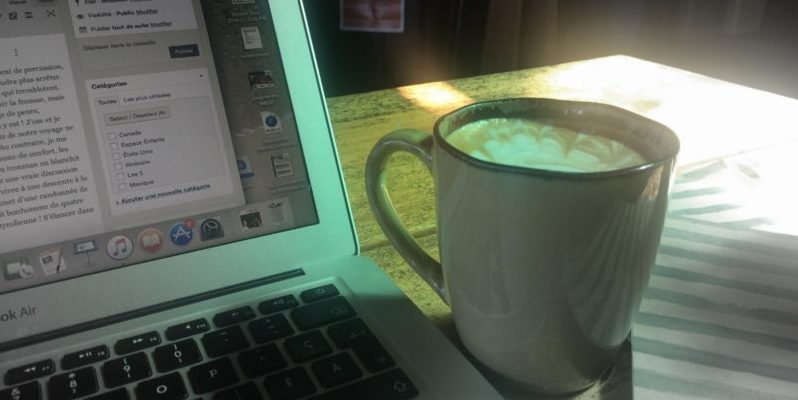 The recent volcanic activity in Iceland really brought home the impact of things way beyond our control. As the airlines were forced to shut down air traffic throughout most of Europe the impacts were huge economically, socially, and even psychologically. If you had to do any traveling during that time (like I did), you saw just how beyond our control things really were. From a dividend portfolio perspective, this really highlighted the importance a couple of basic portfolio planning principles.[ad#tdg-embedded]
The recent volcanic activity in Iceland really brought home the impact of things way beyond our control. As the airlines were forced to shut down air traffic throughout most of Europe the impacts were huge economically, socially, and even psychologically. If you had to do any traveling during that time (like I did), you saw just how beyond our control things really were. From a dividend portfolio perspective, this really highlighted the importance a couple of basic portfolio planning principles.[ad#tdg-embedded]
1. Stuff Happens – Your Foundation is Crucial
There is absolutely nothing that we can do about mother nature – earthquakes, tornadoes, hurricanes, tsunamis, etc. The only thing we know is that they are going to happen and the impacts can be shallow or very very deep. The recent volcanic activity impacted air travel and many people were quick to put the blame on the politicians miss-management of the situation. However, at the end of the day the volcano blew, will blow again and we must be prepared.
Your dividend portfolio foundation is key. My view is that investors need to have a core portfolio of strong index funds that provide a base with which to build from. This core foundation will provide you with the basis for the next two things you need to have.
2. Diversification is Crucial
With that core portfolio in place, you have provided your portfolio with instant diversification This will provide you with protection from individual stock risk. For example, had you only held airline stocks in your portfolio you would have been impacted pretty badly by the volcano. However, with index funds you get access to the market and therefore diversification.
This does not mean that your portfolio will not go down as the entire market goes down. That is where your asset allocation goes in to play.
3. Your Asset Allocation Must be Balanced
If diversification were enough then investing would be super easy and we would all make lots of money. However, there is another element to building a portfolio that is required to help with those unplanned circumstances.
Asset allocation is simply buying assets in different types of market in your portfolio. For example, part of your core portfolio can be in value-based equity stocks and then another part can be in inflation protected fixed income assets. Typically, these two asset classes move in opposite directions. Therefore, if the market is going down because of a natural disaster, that fixed income component will offset some of your losses. In times of dramatic events, this can be a real portfolio saver.
4. Steady Dividends can Soften the Peaks
So where do dividend stocks come in. It depends on your portfolio approach. If you are like me, then you have your core portfolio in place which provides that basis for diversification and asset allocation. Naturally, through owning index funds that track things like the global equity markets you are getting the strong impact of dividend payments. If a company is set up strongly enough, then it should be able to continue dividend payments through natural disasters. And when these dividends are paid that impacts the index positively and you receive the benefits (albeit to soften the losses if the share prices are going down). The same thing happens when you own individual dividend growth stocks.
That being said, it is very important to be diversified and have that asset allocation in place so that any one portfolio does not negatively impact your portfolio too much. However, if you own a good selection of the highest quality dividend stocks that can help to soften any blows the market decides to give us as a result of things beyond our control.








Well written and good advice. Would you/do you hold your index funds unregistered, registered (RRSP, TFSA) or both? Cheers!
Dividend Guy,
I look forward to seeing your passive dividend income increase over time. Keep up the great work!
Andrew
Very Interesting – as always. I really like your blog!!
Common Cents
http://www.commoncts.blogspot.com
ps. Link Exchange??